Delving into the annals of American history unveils a chilling reality: the potential threat to the highest office in the land has been a recurring narrative. From the earliest days of the presidency to more recent times, numerous commanders-in-chief have faced perilous situations that brought them within moments of a tragic fate. This blog explores the harrowing accounts of 14 U.S. presidents who were on the brink of assassination, shedding light on the historical incidents that nearly altered the course of the nation’s leadership. The stories behind these close calls provide a sobering reminder of the challenges faced by those who have taken on the mantle of the presidency, offering insights into the resilience and fortitude required to navigate the complex landscape of leadership.
The List of 14 Presidents Who Were Almost Assassinated
1. Andrew Jackson
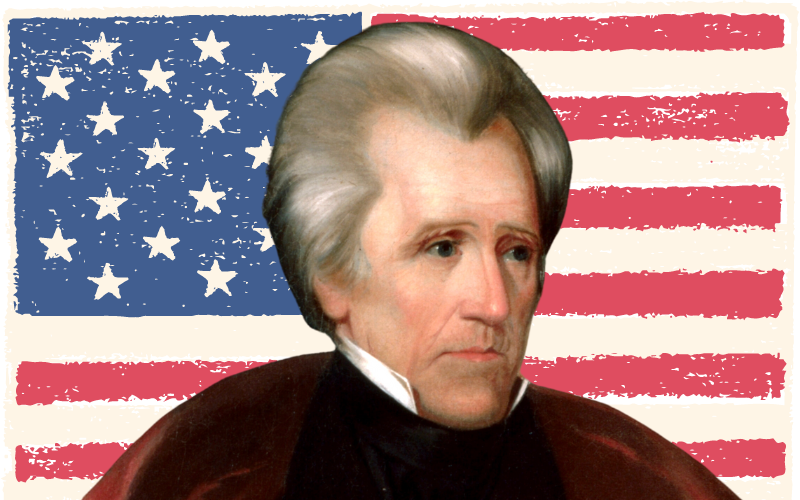
January 30, 1835
In close proximity to the Capitol Building, a painter named Richard Lawrence endeavored to shoot President Andrew Jackson using two pistols, both of which failed to discharge. Following the failed attempt, Jackson subdued Lawrence by administering a severe beating with his cane. Lawrence, deemed not guilty by reason of insanity, was subsequently confined to a mental institution, where he remained until his passing in 1861.
2. William Howard Taft
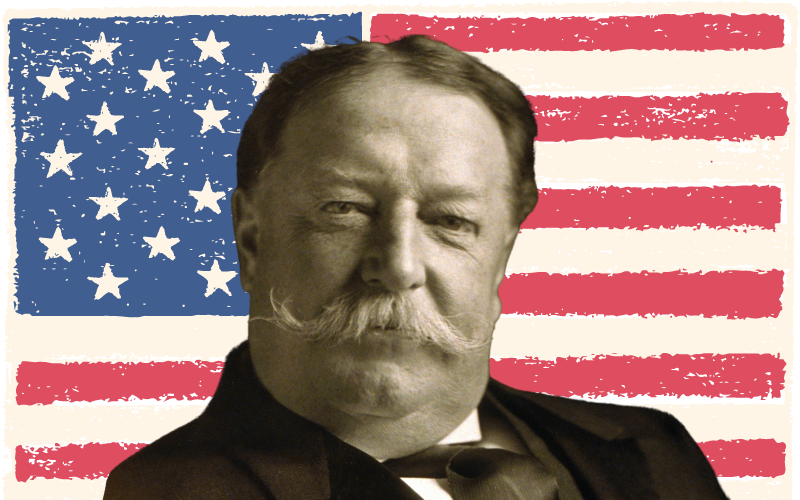
1909
William Howard Taft and Porfirio Díaz convened in a historic summit in El Paso, Texas, and Ciudad Juárez, Chihuahua. This marked the first meeting between a U.S. and a Mexican president and the inaugural instance of an American president crossing into Mexico. Díaz sought U.S. backing for his eighth presidential run, and Taft, aiming to safeguard American capital invested in Mexico, agreed. The disputed Chamizal strip was designated as neutral ground, but the summit stirred security concerns, leading to threats of assassination. To ensure safety, an extensive security detail, including Texas Rangers, U.S. and Mexican troops, Secret Service agents, FBI agents, and U.S. Marshals, was deployed. Additionally, private security, led by Frederick Russell Burnham and hired by Taft’s friend John Hays Hammond, was enlisted due to their substantial mining interests in Mexico. On the summit day, Burnham and a Texas Ranger discovered Julius Bergerson, aged 52, armed with a concealed palm pistol at the El Paso Chamber of Commerce building.procession route. Burnham and Moore captured and disarmed Bergerson within only a few feet (around one meter) of Taft and Díaz.
3. Herbert Hoover
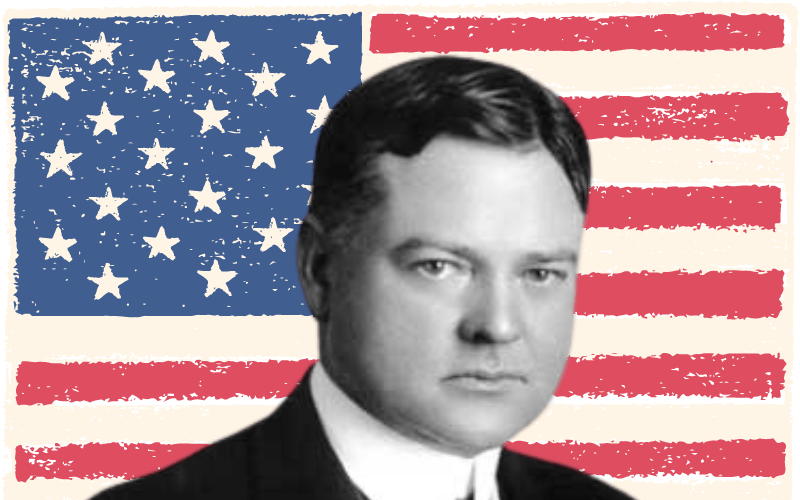
November 19, 1928
President-elect Hoover undertook a goodwill tour across Central and South America, including a journey through the Andes Mountains from Chile. During this trip, an assassination plot orchestrated by Argentine anarchists, led by Severino Di Giovanni, was thwarted. The plan involved blowing up Hoover’s train on the Argentinian central plain, but the bomber was apprehended before placing explosives on the rails. Despite the incident, Hoover remained unfazed, tearing off the front page of a newspaper to shield his wife, Lou, from the news. Hoover’s positive remarks about Argentina garnered favorable reception both in the host country and in the media.
4. Franklin D. Roosevelt
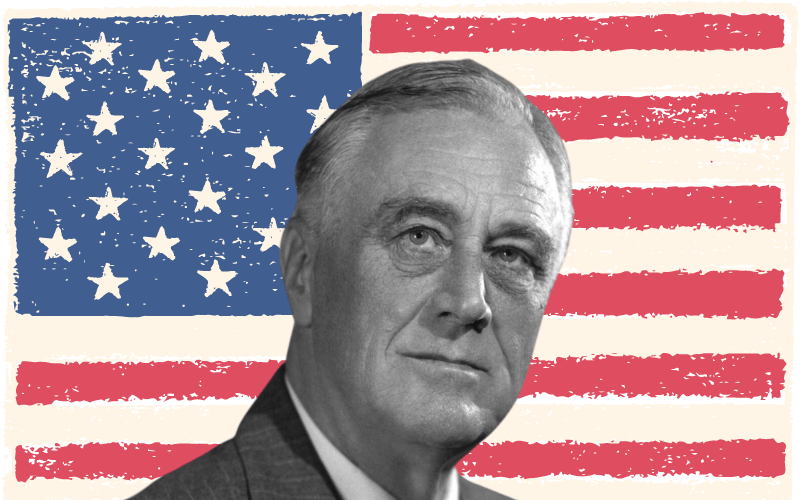
February 15, 1933
Seventeen days prior to Roosevelt’s inaugural ceremony, Giuseppe Zangara discharged five shots at him in Miami, Florida. Remarkably, the shots aimed at the president-elect missed, but Zangara tragically mortally wounded Chicago Mayor Anton Cermak and injured four others. Zangara admitted guilt for Cermak’s murder and faced execution in the electric chair on March 20, 1933. The intended target of Zangara’s attack remains inconclusive, with initial assumptions pointing towards the president-elect. However, an alternative theory suggests the possibility of the attempt being orchestrated by imprisoned Al Capone, with Cermak, known for cracking down on the Chicago Outfit and organized crime, potentially being the true target.
1943
The Soviet NKVD asserted that they had come across intelligence indicating a purported plan by the Nazi German Waffen-SS to carry out an assassination plot targeting the prominent Allied leaders Roosevelt, Winston Churchill, and Joseph Stalin during the Tehran Conference in 1943. According to the Soviet authorities, the alleged scheme aimed to disrupt the crucial discussions and collaboration among the Allied powers. The Tehran Conference held strategic significance as it marked a pivotal moment in World War II, with the leaders converging to discuss military strategy and post-war plans. The claimed assassination plot, if substantiated, underscores the high-stakes nature of geopolitical maneuvering during this critical juncture in the war.
Read More Fun Facts
Learn more fun facts with Trivia Mastermind content.
5. Harry S. Truman
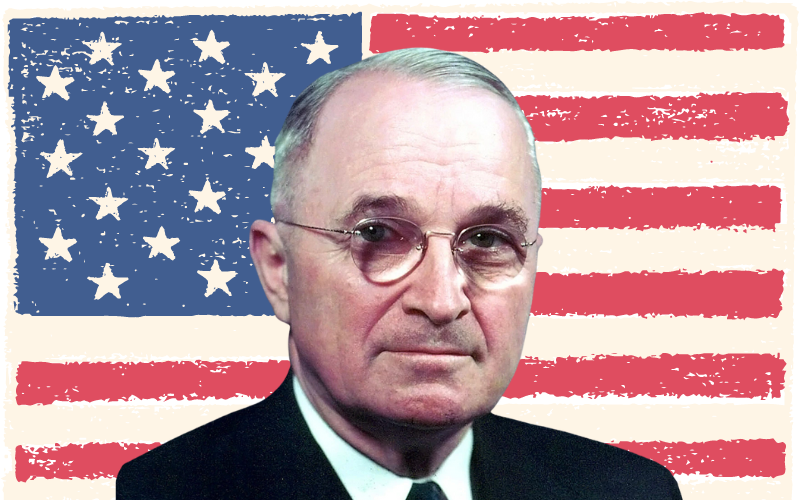
1947
During the Jewish insurgency in Palestine preceding the establishment of the State of Israel, there were allegations that the Zionist Stern Gang had dispatched letter bombs intended for the President and senior staff at the White House. British intelligence, having detected similar letters targeting high-ranking British officials with the Stern Gang claiming responsibility, alerted the Secret Service. The intercepted letters were successfully defused by the Secret Service in the White House mail room, but the incident remained undisclosed at the time. The revelation of this episode came to light years later when Margaret Truman, in her 1972 biography of President Truman, confirmed the occurrence. The incident had previously been disclosed by Ira R. T. Smith, a mail room employee, in his memoir.
November 1, 1950
Two Puerto Rican pro-independence activists, Oscar Collazo and Griselio Torresola, endeavored to assassinate President Truman at the Blair House, his temporary residence during the extensive renovations of the White House. In the assault, Torresola wounded White House policeman Joseph Downs and fatally injured White House policeman Leslie Coffelt. Coffelt, in self-defense, fatally shot Torresola in the head. Collazo, meanwhile, wounded another officer before being shot in the stomach. Though Truman emerged unscathed, the incident posed a significant threat to his safety. Collazo, convicted in a federal trial, initially received a death sentence, which Truman later commuted to life imprisonment. In 1979, President Jimmy Carter further reduced Collazo’s sentence to time served.
6. Richard Nixon
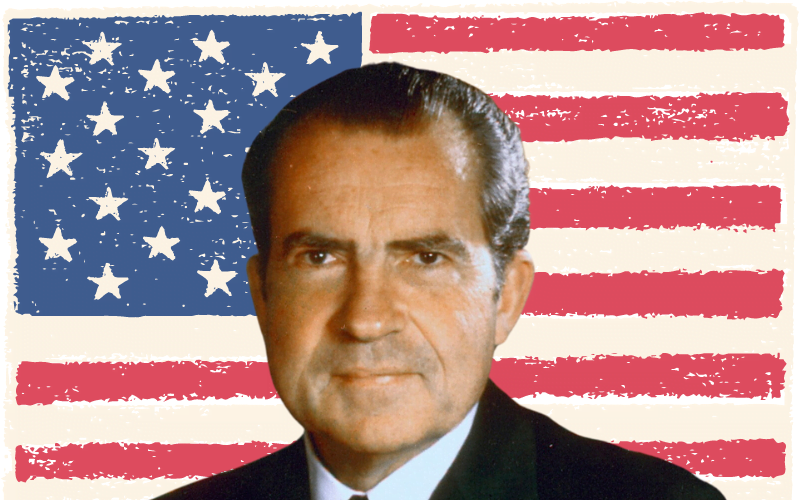
April 13, 1972
Armed with a firearm, Arthur Bremer attended a motorcade in Ottawa, Canada, with the intention of shooting President Nixon. However, the president’s vehicle passed too quickly for Bremer to take a clear shot. The following day, he believed he spotted Nixon’s car near the Centre Block, but it vanished by the time he retrieved his gun from his hotel room. A few weeks later, Bremer redirected his violent intentions and instead shot and severely injured Alabama Governor George Wallace, who remained paralyzed until his death in 1998. In the process, three other individuals suffered unintended injuries. Bremer was sentenced to 35 years in prison for the shooting of Governor Wallace.
February 22, 1974
Samuel Byck devised a plot to assassinate Nixon by crashing a commercial airliner into the White House. He hijacked a DC-9 at Baltimore-Washington International Airport, fatally shooting a Maryland Aviation Administration police officer in the process. Byck was informed that the plane could not take off with the wheel blocks still in place. Subsequently, he shot both pilots, resulting in the death of one. An officer named Charles ‘Butch’ Troyer then shot Byck through the plane’s door window. Despite surviving the initial gunfire, Byck ultimately took his own life by shooting himself.
7. Gerald Ford
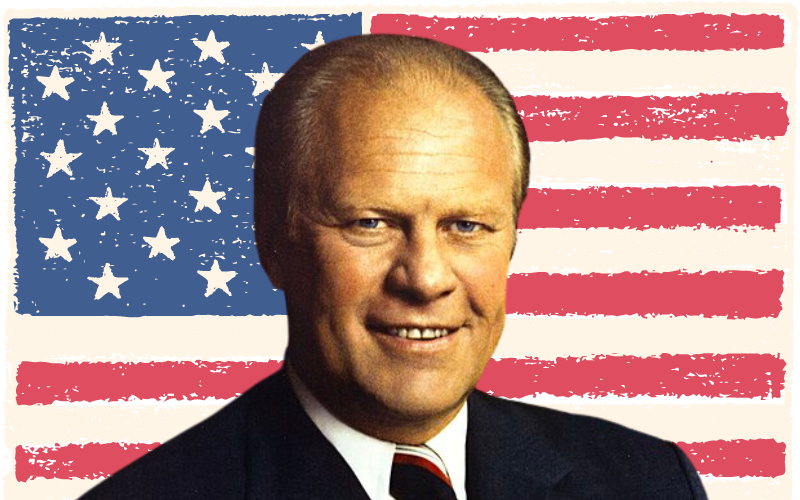
September 5, 1975
In the northern vicinity of the California State Capitol, Lynette “Squeaky” Fromme, a follower of Charles Manson, brandished a Colt M1911 .45-caliber pistol when President Ford extended his hand for a handshake in a crowd. The pistol’s magazine contained four cartridges, but the firing chamber was empty, preventing the gun from discharging. Secret Service agent Larry Buendorf swiftly intervened, restraining Fromme. She received a life sentence but was released from custody on August 14, 2009, two years and eight months after Ford’s death in 2006.
September 22, 1975
Merely 17 days following Fromme’s attempt in San Francisco, California, Sara Jane Moore discharged a revolver at Ford from a distance of 40 feet (12 m). An alert bystander, Oliver Sipple, intervened by grabbing Moore’s arm, causing the shot to miss Ford and hit a building wall, resulting in minor injuries to taxi driver John Ludwig. Moore underwent trial and conviction in federal court, receiving a life sentence. She was granted parole from a federal prison on December 31, 2007, having served over 30 years—merely one year and five days after Ford’s natural death.
8. Jimmy Carter
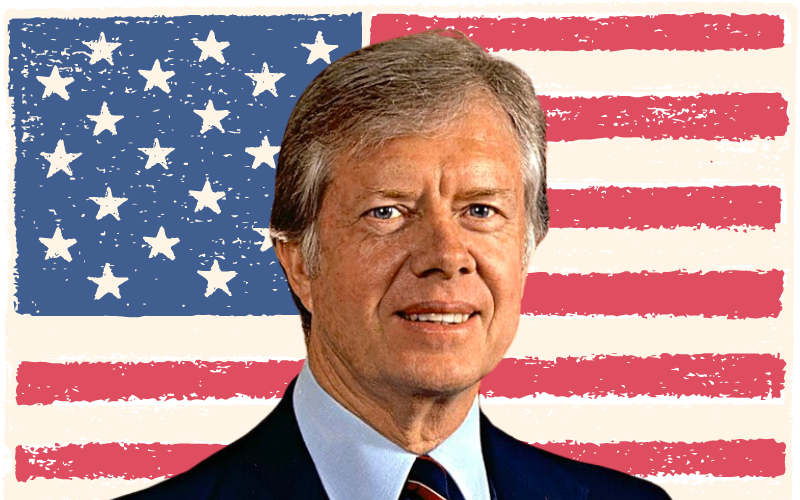
May 5, 1979
Raymond Lee Harvey, an itinerant American drifter born in Ohio, was apprehended by the Secret Service just ten minutes before President Carter was scheduled to deliver a speech at the Civic Center Mall in Los Angeles on May 5, 1979. Found in possession of a starter pistol loaded with blank rounds, Harvey’s arrest prompted an investigation into his assertion of being part of a four-person plot to assassinate the president. Despite Harvey’s history of mental illness, he maintained that he had discharged seven blank rounds from the starter pistol on a hotel roof the previous night to assess the noise level. Harvey claimed to have been in the company of one of the alleged plotters, known as “Julio,” later identified as a 21-year-old undocumented immigrant from Mexico named Osvaldo Espinoza Ortiz. Upon arrest, Harvey had eight spent rounds and 70 unused blank rounds for the pistol in his possession. Due to his transient status, Harvey was jailed on a $50,000 bond, while Ortiz faced conflicting reports of being held either as a material witness on a $100,000 bond or on a $50,000 bond for burglary from a car. Ultimately, charges against both individuals were dismissed due to a lack of evidence.
Play Trivia!
Challenge yourself and play trivia questions with answers and explanations.
9. George H. W. Bush
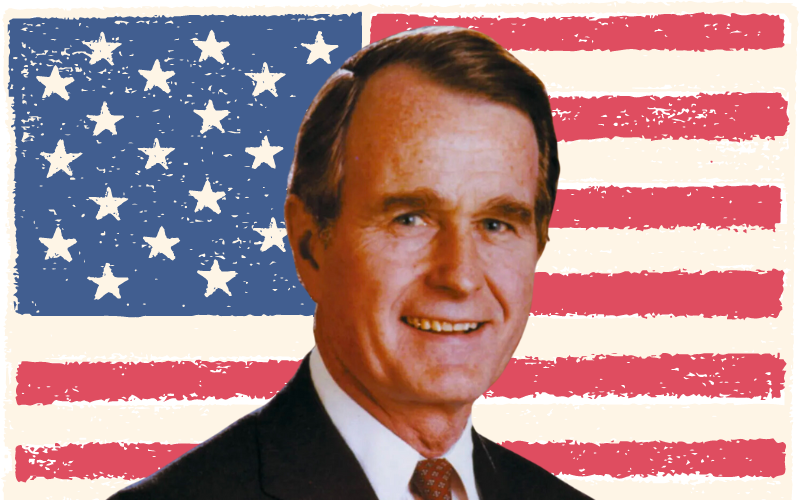
April 13, 1993
According to Kuwaiti authorities and an FBI investigation, fourteen individuals, suspected to be Kuwaiti and Iraqi nationals working on behalf of Saddam Hussein, were accused of smuggling bombs into Kuwait with the intent of assassinating former President Bush through a car bomb during his visit to Kuwait University three months after leaving office in January 1993. The alleged plot was uncovered during the former president’s 1993 visit to Kuwait, commemorating the coalition’s triumph in the Persian Gulf War. Kuwaiti officials claimed to have thwarted the plot and apprehended the suspects, including Wali Abdelhadi Ghazali and Raad Abdel-Amir al-Assadi, who later recanted their confessions, citing coercion. Of the 17 arrested, all but one were convicted by a Kuwaiti court. President Bill Clinton responded with a cruise missile strike on an Iraqi intelligence facility in Baghdad’s Mansour district. The assassination attempt was cited as justification for the Iraq Resolution, leading to the 2003 U.S. invasion. Although the CIA’s Counterterrorism Center suggested the plot was likely fabricated by Kuwait, the FBI initially attributed it to the Iraqi Intelligence Service (IIS). The CIA received information indicating Saddam Hussein’s authorization for the attempt as retribution against the U.S., to punish Kuwait’s collaboration, and to deter further Arab intervention in Iraq. The day before the attack, on April 12, 1993, then U.S. Ambassador to the U.N., and future 64th U.S. Secretary of State, Madeleine Albright, presented evidence to the U.N. Security Council in pursuit of international support.
10. Bill Clinton
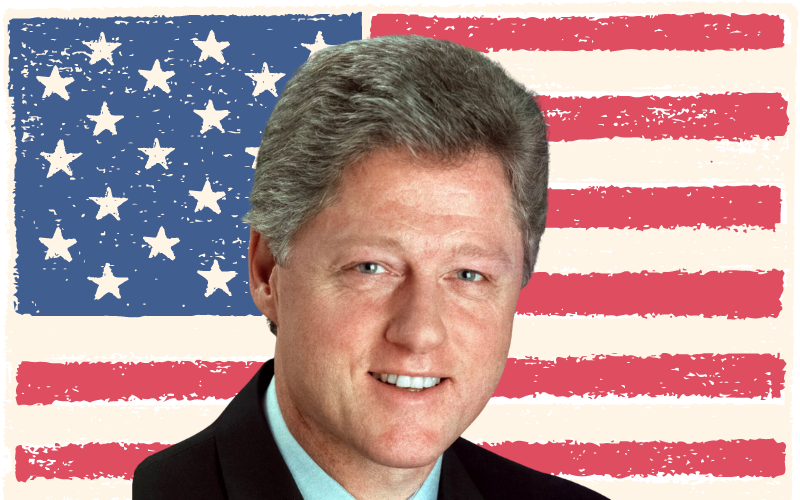
January 21, 1994
Retired military officer and freelance writer Ronald Gene Barbour devised a plan to assassinate President Clinton while he was jogging. However, upon the president’s state visit to Russia, Barbour returned to Florida without executing the intended attack. He was subsequently sentenced to five years in prison and released in 1998.
September 12, 1994
Frank Eugene Corder, a truck driver from Maryland with reported alcohol issues, flew a stolen single-engine Cessna 150 onto the White House lawn, crashing into a tree. Although Corder allegedly aimed to strike the White House, he was killed in the crash, resulting in the sole fatality. At the time of the incident, the president and first family were not present in the residence.
October 29, 1994
Francisco Martin Duran discharged a minimum of 29 shots using a 7.62×39mm Type 56 semi-automatic rifle at the White House from a vantage point overlooking the North Lawn. Erroneously believing that Clinton was among the individuals in dark suits present (while the President was inside), Duran was thwarted by three tourists—Harry Rakosky, Ken Davis, and Robert Haines—before causing any harm. A suicide note discovered in his pocket led to Duran receiving a 40-year prison sentence.
November 1994
Osama bin Laden enlisted Ramzi Yousef, the orchestrator of the 1993 World Trade Center bombing, with the initial intention of attempting an assassination of Clinton. However, Yousef ultimately deemed the security measures too formidable and opted to redirect his focus towards targeting Pope John Paul II instead.
November 24, 1996
While attending the Asia-Pacific Economic Cooperation (APEC) forum in Manila, Clinton’s motorcade underwent a rerouting maneuver just before crossing a bridge. Secret Service officers had intercepted a message indicating an imminent attack, prompting Lewis Merletti, the Secret Service director, to order the redirection of the motorcade. A subsequent intelligence team uncovered a bomb beneath the bridge. A subsequent U.S. investigation unveiled that the plot had been orchestrated by Osama bin Laden, a Saudi terrorist residing in Afghanistan.
October 2018
The Secret Service intercepted a package containing a pipe bomb addressed to Hillary Clinton at their Chappaqua, New York home. This incident was part of a series targeting various Democratic leaders during the same week, including former President Barack Obama. Bill Clinton was present at the Chappaqua residence when the package was intercepted, while Hillary was campaigning in Florida for Democrats during the 2018 midterm elections. Fingerprint DNA analysis identified Florida resident Cesar Sayoc as the sender, leading to his capture two days after the package was intercepted. Although prosecutors sought a life sentence, the judge ultimately sentenced Sayoc to 20 years in prison.
11. George W. Bush
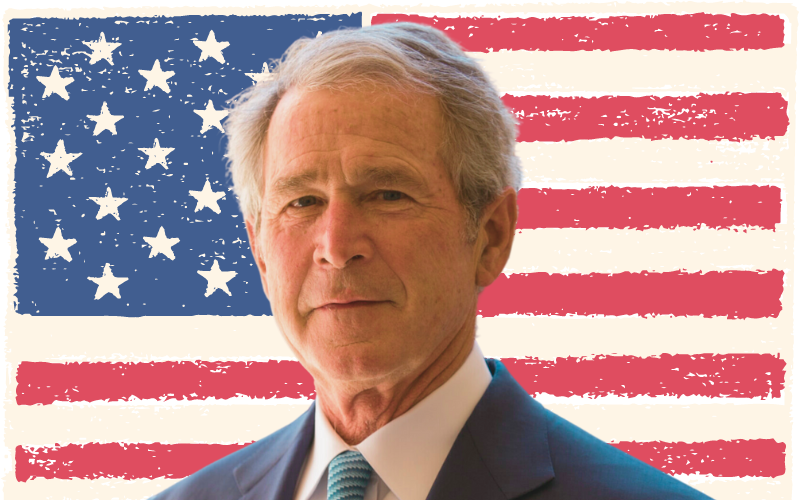
May 10, 2005
During President Bush’s speech in Freedom Square, Tbilisi, Georgia, Vladimir Arutyunian hurled a live Soviet-made RGD-5 hand grenade toward the podium. Despite the pin being pulled, the grenade did not detonate due to a tightly wrapped red tartan handkerchief preventing the safety lever from disengaging. Arutyunian, who managed to escape on that day, was apprehended in July 2005. In the course of his arrest, he fatally wounded an Interior Ministry agent. Arutyunian was subsequently convicted in January 2006 and received a life sentence.
May 24, 2022
Shihab Ahmed Shihab Shihab, an Iraqi citizen residing in Columbus, Ohio, was arrested for his involvement in a plot to assassinate President Bush. The information leading to his arrest was gathered from conversations with undercover FBI informants. Shihab faced accusations of an immigration crime and planning to illegally smuggle Iraqi nationals from Mexico to aid in the assassination plot. He asserted connections to former ISIS members, including Abu Bakr Al-Baghdadi (before his death) and a former ISIS financial chief. Shihab planned to launder money from the latter into the U.S. through a Columbus car dealership. In February, Shihab and an informant conducted surveillance at the Bush home in Dallas, Texas, and the George W. Bush Institute. Having entered the country illegally in September 2020, Shihab claimed involvement with Iraqi terrorists targeting American servicemen in Iraq from 2003 to 2006, citing anger over the Iraq War as motivation for the assassination plot.
Read More Fun Facts
Learn more fun facts with Trivia Mastermind content.
12. Barack Obama
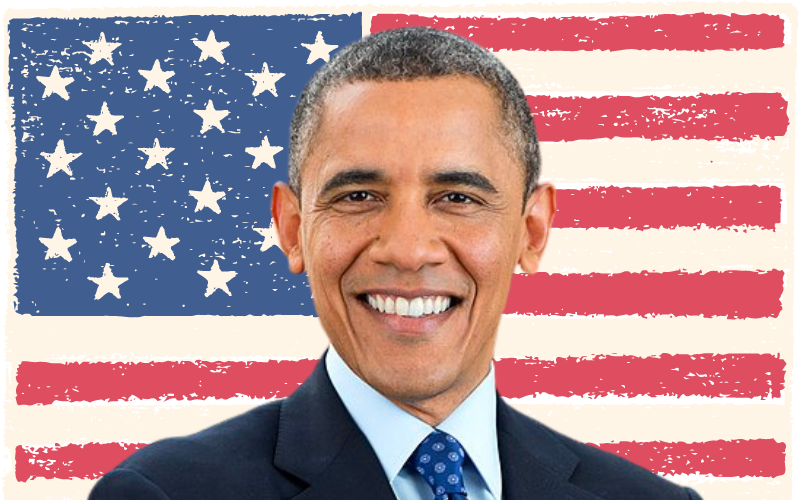
December 2008
Kody Brittingham, a 20-year-old United States Marine, declared in a “letter of intent” that, having taken an oath to defend against all enemies, both foreign and domestic, he considered President-elect Obama a “domestic enemy” and the intended target of his assassination plot. Subsequent to a search of his barracks, a journal containing white supremacist material was discovered. In June 2010, Brittingham received a federal prison sentence of 100 months.
April 2009
A scheme to assassinate Obama during the Alliance of Civilizations summit in Istanbul, Turkey, came to light when a man of Syrian origins, possessing counterfeit Al Jazeera TV press credentials, was apprehended. This individual confessed to Turkish security services, providing details of his intention to kill Obama using a knife and implicating three alleged accomplices.
November 2011
Influenced by conspiracy theories and fringe religious beliefs, 21-year-old Oscar Ramiro Ortega-Hernandez attempted to assassinate Obama. Traveling from his home in Idaho, he fired multiple rounds from a semi-automatic rifle at the White House. Fortunately, no injuries occurred, but a window was shattered. Ortega-Hernandez received a 25-year prison sentence.
2011–2012
The far-right extremist group FEAR devised a plan to execute a series of terror attacks, including the assassination of Obama. The scheme was thwarted when four group members were apprehended on murder charges. Michael Burnett, one of the individuals, opted to cooperate with authorities in exchange for a reduced sentence, leading to the disruption of the plot.
October 2012
An individual with mental health issues, Mitchell Kusick, faced arrest after admitting to his therapist his intention to use a shotgun to kill Obama during a campaign stop in Boulder, Colorado.
April 2013
Another effort was undertaken when a letter containing ricin, a potent toxin, was dispatched to Obama.
October 2018
A parcel containing a pipe bomb was mailed to the residence of former President Obama in Washington, D.C. Fortunately, the Secret Service intercepted the package, averting any potential harm.
13. Donald Trump
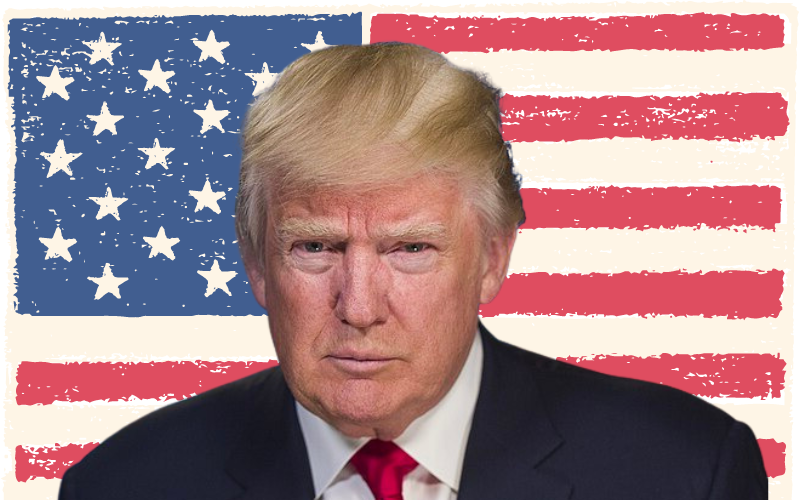
September 6, 2017
Gregory Lee Leingang, a 42-year-old individual from North Dakota, endeavored to assassinate President Donald Trump during Trump’s visit to Mandan, North Dakota, for a public rally. Leingang illicitly procured a forklift from an oil refinery and directed it toward the presidential motorcade. However, his plan was foiled when the forklift got stuck within the refinery, prompting him to flee on foot. Law enforcement swiftly apprehended him. During subsequent questioning in detention, he startlingly confessed to intending to murder the president by overturning the presidential limousine with the stolen forklift. This revelation surprised authorities, who initially suspected a mere vehicle theft for personal use. Leingang pleaded guilty to charges related to the attempted attack, forklift theft, and several unrelated offenses, leading to a 20-year prison sentence. His defense attorney cited a “serious psychiatric crisis.” Notably, Leingang’s choice of a forklift as a weapon set this incident apart from other presidential assassination attempts.
November 2017
A person associated with the Islamic State of Iraq and the Levant (ISIL), whose identity remains undisclosed, was apprehended by the Philippine National Police in Rizal Park, Manila, for allegedly plotting to assassinate President Trump during the diplomatic ASEAN Summit. In the week leading up to the thwarted attempt, the Secret Service had already suspected a potential assault on the president due to the pervasive presence of ISIL in the Philippines and multiple threats against the president circulating on social media. Just before Trump’s aircraft landed, the Secret Service uncovered a credible terrorist threat from an individual openly expressing intentions to kill the president on social media. Swift action was taken, resulting in the prompt identification and arrest of the assailant. The government chose to reveal the incident to the public a year later through a television documentary after maintaining silence on the matter.
14. Joe Biden
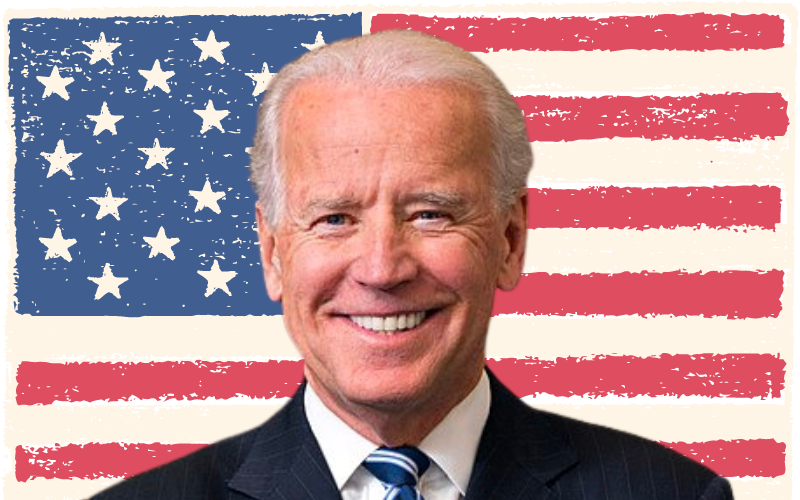
May 23, 2023
Sai Varshith Kandula, a 19-year-old individual from St. Louis, deliberately drove a rented box truck into a barrier separating the White House grounds from the public. The United States Park Police promptly took him into custody, discovering a Nazi flag in his truck. Kandula openly expressed admiration for the Third Reich and declared his intentions to “kill the president” and “seize power.”
Conclusion
In reflecting on the stories of the 14 U.S. presidents who narrowly escaped assassination attempts, it becomes evident that the office of the president is not only one of great power but also one that bears immense risks. These historical incidents underline the fragility of leadership and the various threats that have loomed over the nation’s highest office. Yet, in the face of danger, these presidents exhibited resilience, and their survival not only preserved their lives but also shaped the course of American history. As we recount these near misses, we are reminded of the importance of vigilance, security measures, and the enduring strength of the individuals who have shouldered the weight of the presidency. The narratives of these close calls serve as a testament to the enduring spirit of democracy and the ongoing commitment to safeguarding the leaders who guide the nation.
Read More Fun Facts
Learn more fun facts with Trivia Mastermind content.
Play Trivia!
Challenge yourself and play trivia questions with answers and explanations.
Recent Posts
Science Trivia - Astronomy ...
Step into a realm of nostalgia as we embark on a journey through the annals of pop culture and bid farewell to 35 recently obsolete technologies. In the ever-evolving landscape of innovation, certain...


